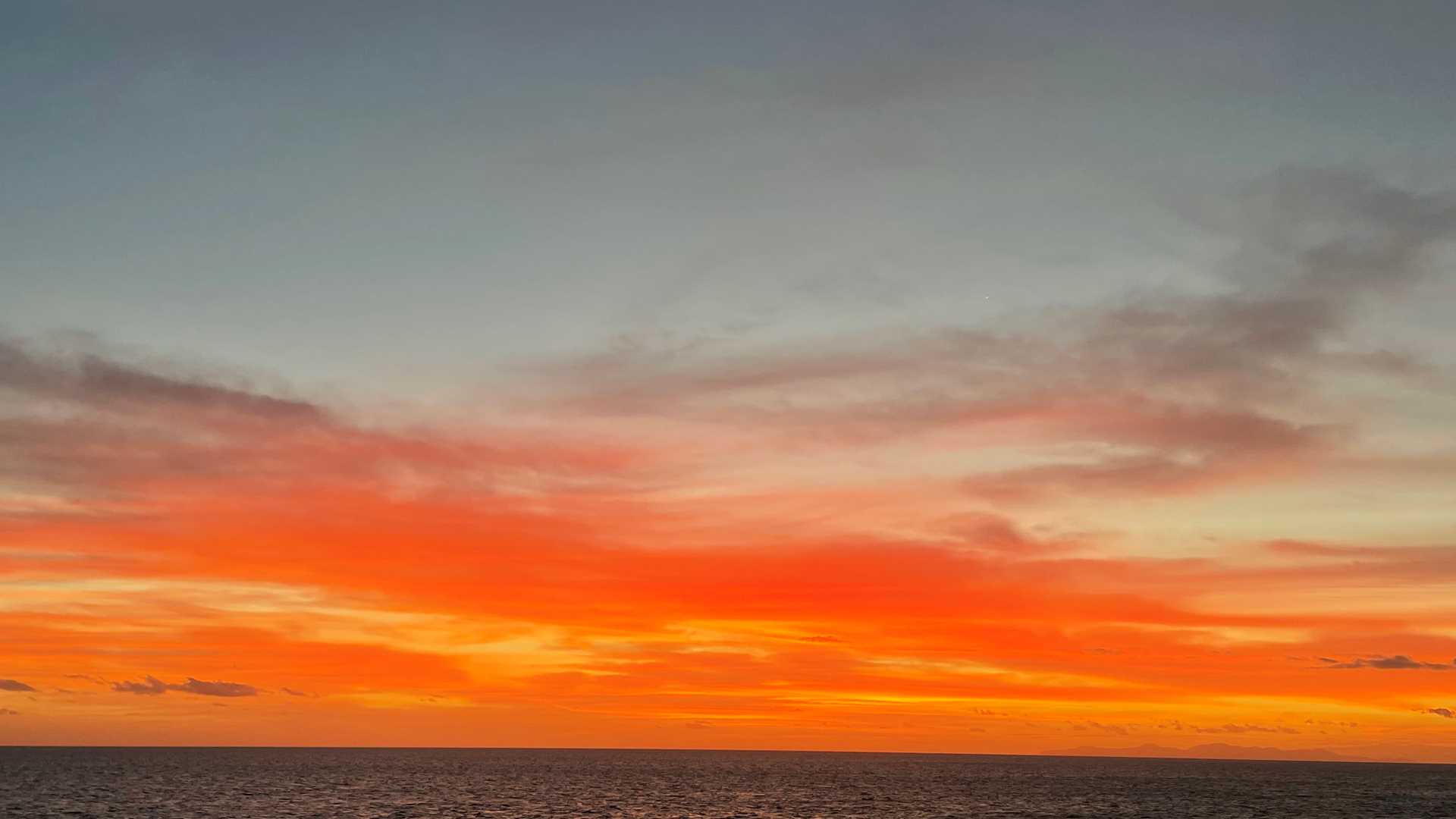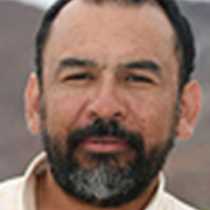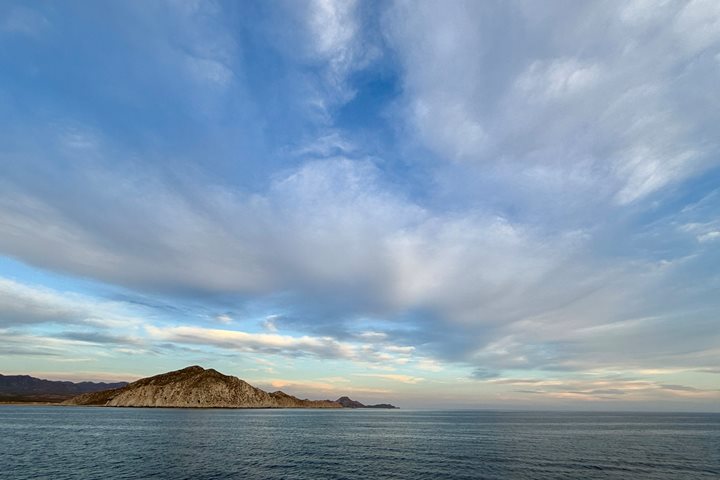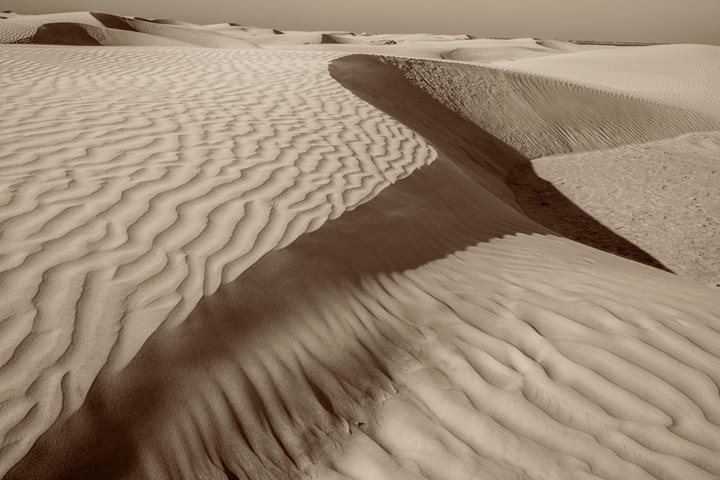Our first day of the voyage started with a beautiful sunrise as we approached Isla Danzante where we spent the day snorkeling, kayaking, and hiking. In 1539, the explorer Francisco Ulloa sailed by the island and allegedly saw people jumping up and down along the beach. Hmmm, perhaps they hoped to be rescued? Regardless, he named the island Isla Danzante (Dancing Island). This lovely island is part of the Mexican National Park system, Paque Nacional de Loreto.
Call +1.800.397.3348 or contact your travel advisor






